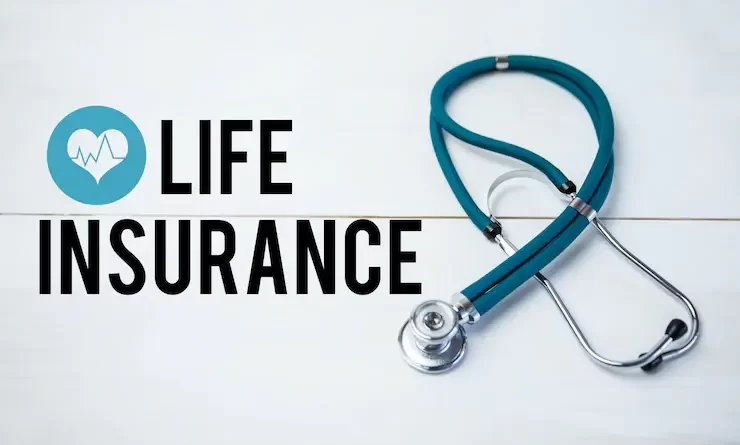As A Diabetic, Is Life Insurance Available?
Life insurance is sometimes more difficult to get for those with previous ailments. Numerous medical disorders, including diabetes, do not exclude a person immediately from life insurance coverage. People with diabetes may often still obtain life insurance, but they may be required to pay a higher premium than those without a previous disease.
What Effect Does Diabetes Type Have On The Cost Of Life Insurance?
Insurance rates are based on the applicant’s predicted lifespan. Previous medical disorders can reduce life expectancy, which is why diabetics tend to pay more for life insurance than those without pre-existing diseases. Even when blood sugar is well-controlled, the condition has the potential to create complications; it is therefore a risk factor. It can develop into a variety of life-threatening health issues if left unchecked. These include, but are not limited to:
- Obesity
- Heart Illness
- Hypertension
- Stroke
- Eye, tooth, and organ problems
- Kidney disease or failure
- Neuropathy
- Amputated limb
Nevertheless, not all diabetics are identical. Several characteristics, including medical history, family medical history, present health, age, and lifestyle, are considered by life insurance companies when determining the risk of an application (such as tobacco use). When calculating life insurance premiums for an individual policy, insurers want to know how effectively the applicant’s diabetes is managed and how it may affect his or her health in the future.
Typically, the life insurance company will need you to undergo a medical underwriting procedure to establish your insurance risk. This may contain, in addition to the regular medical questions on the life insurance application, a questionnaire regarding your diabetes.
Your Life Insurance Premiums Will Be Determined By The Particulars Of Your Illness
As part of the underwriting process, the life insurance company will question your kind of diabetes: Diabetes type 1, type 2, and gestational diabetes. Individuals with any kind of diabetes can still obtain life insurance; however, depending on the underlying disease, the application procedure may be more complicated and the coverage options may be more limited.
Type 1 diabetes, often known as “insulin-resistant diabetes,” might be more difficult to manage. When it occurs later in life, it has a lesser duration of effect on your body and health. However, because Type 1 diabetes is frequently diagnosed in children and adolescents, it poses a greater risk and is typically associated with higher premiums.
Matt Schmidt with Diabetes Life Solutions notes “ premiums will always be higher for life insurance with type 1 diabetes. There’s no way around this. Underwriters will always view a profile as a ‘higher’ risk and thus will charge higher life insurance rates.
Diabetes type 2 is frequently identified at a later age than diabetes type 1, therefore it has less time to impact the body. If so, and you’ve managed to keep it under control via diet and exercise, you may qualify for the most economical insurance rates (in relation to others with diabetes). Despite having Type 2 diabetes, those with diabetes-related problems and those who are insulin-dependent will have fewer life insurance alternatives and pay higher premiums owing to their increased risk.
Gestational diabetes, the third kind of diabetes, is often a transient illness induced by hormonal changes in pregnant women. Gestational diabetes disappears after delivery in the majority of cases, but not always. In any event, pregnant women with gestational diabetes may choose to apply for life insurance many months after giving birth.
What Kinds Of Life Insurance Are Accessible To Diabetics?
People with diabetes may obtain most forms of life insurance, although their premiums may be higher mentions Chris Stocker of Diabetes365.org. There are two major factors to consider when applying for life insurance for diabetics: the kind of life insurance policy and the type of insurance underwriting.
Term Vs. Permanent Life Insurance Coverage
Term life insurance plans are often the least expensive option since they offer the highest death benefit per dollar of premium. However, term life insurance only provides coverage for a limited time (the policy’s term), and it does not accumulate cash value. Many term plans can be converted to permanent life insurance without extra medical underwriting before the term expires. People who purchased a term life insurance policy before being diagnosed with diabetes may choose to seek conversion if the option is available.
Permanent plans, such as whole life or universal life insurance, are often more expensive, but they provide coverage for your whole life.
Purchasing as much life insurance as you need (and can afford) as soon as feasible may be preferable to adding extra coverage later.
No Medical Exam Versus Comprehensive Underwriting
You may also specify your preferred underwriting method. With a conventional medically underwritten policy, the insurer will likely request a health history, a diabetes-related questionnaire, and a physical exam. Although it lengthens the application procedure, rates are often cheaper if you qualify.
You can choose a no-medical-exam term life insurance policy if you want coverage without a medical exam or if you are afraid that you may have undiscovered diabetic complications. Typically, these plans cannot provide protection exceeding $500,000 for term life or $50,000 for the whole life. With these policies, you may still be required to complete a diabetes-related questionnaire and provide the life insurance firm permission to see your medical data. The premiums are more expensive, but they may let you obtain coverage that you would not qualify for with a medical test.

